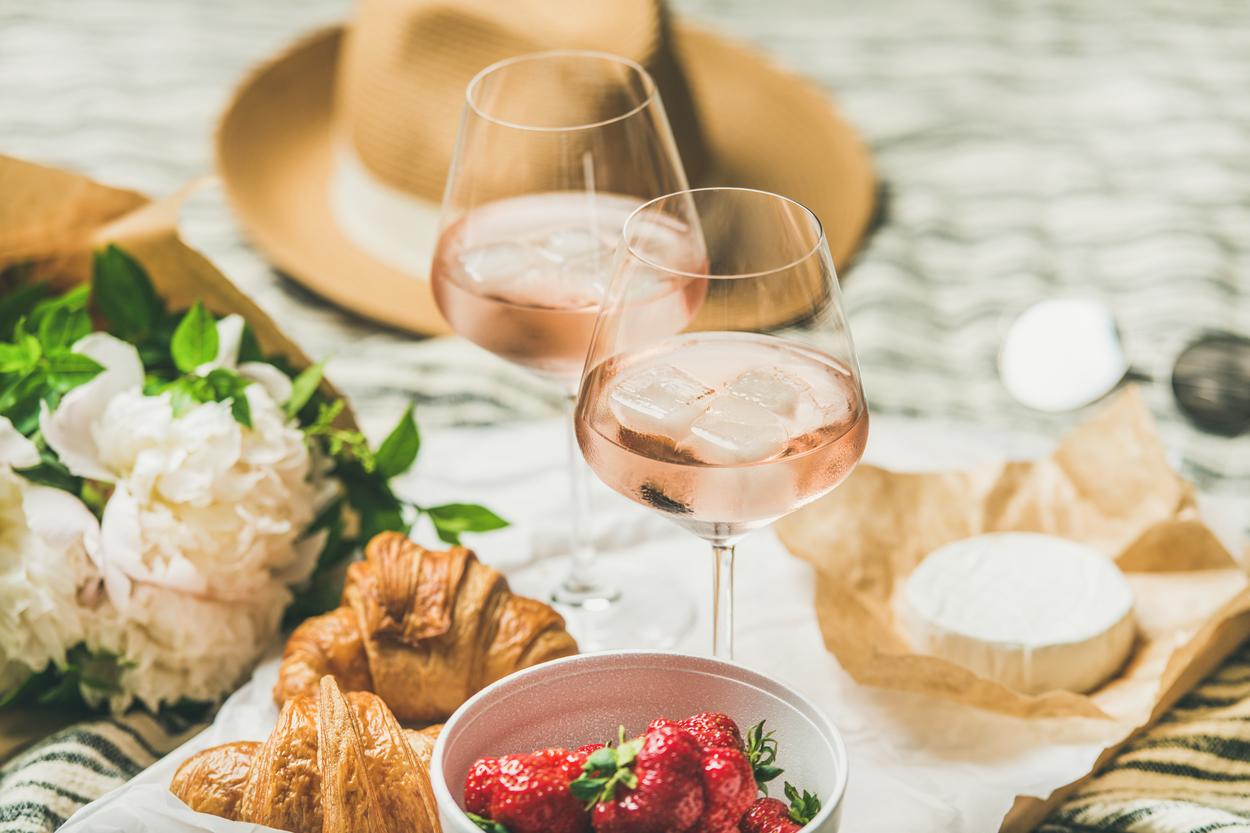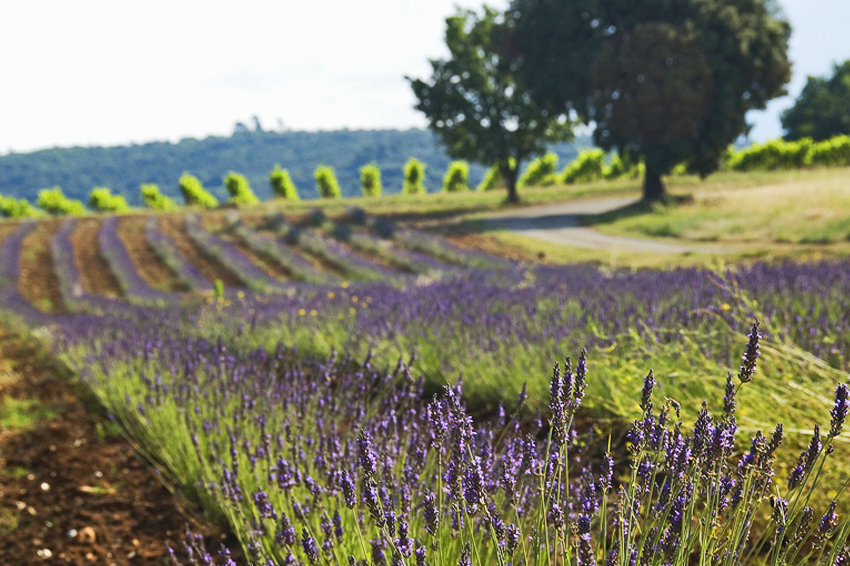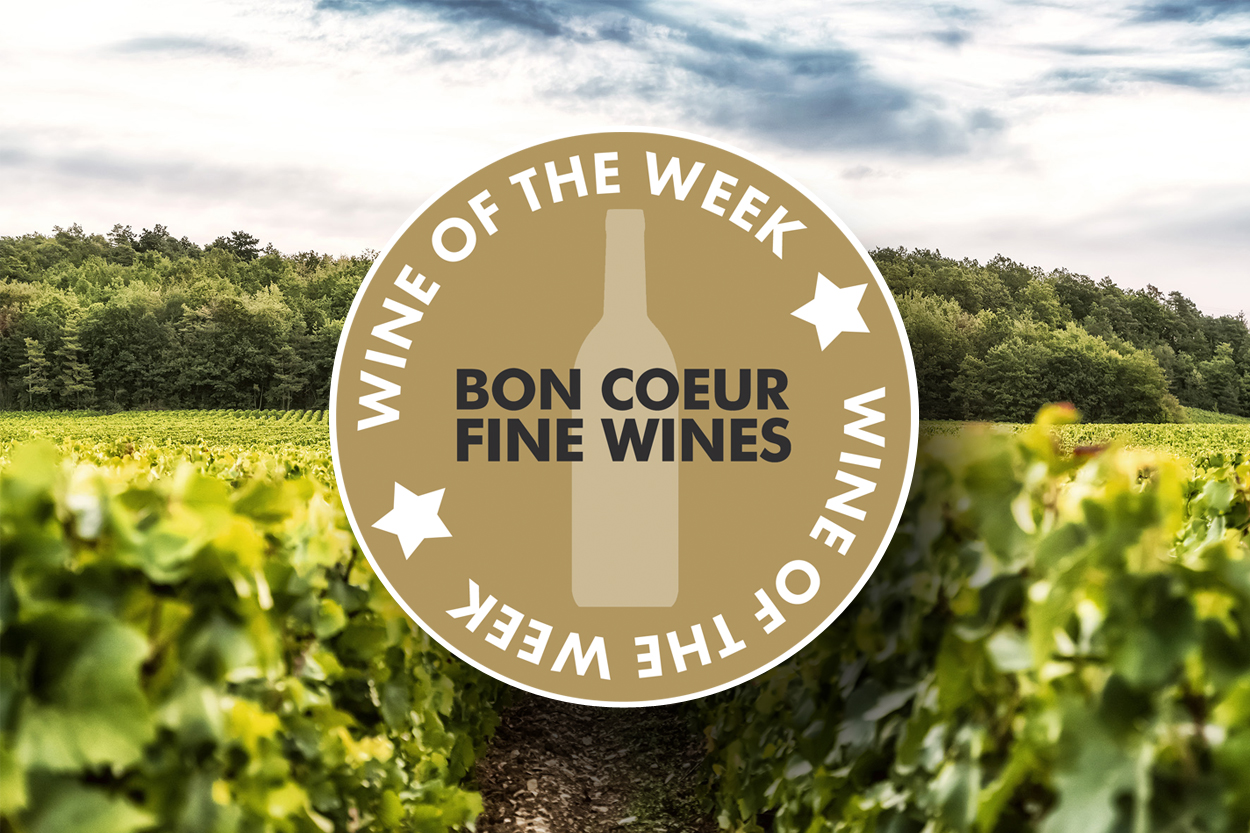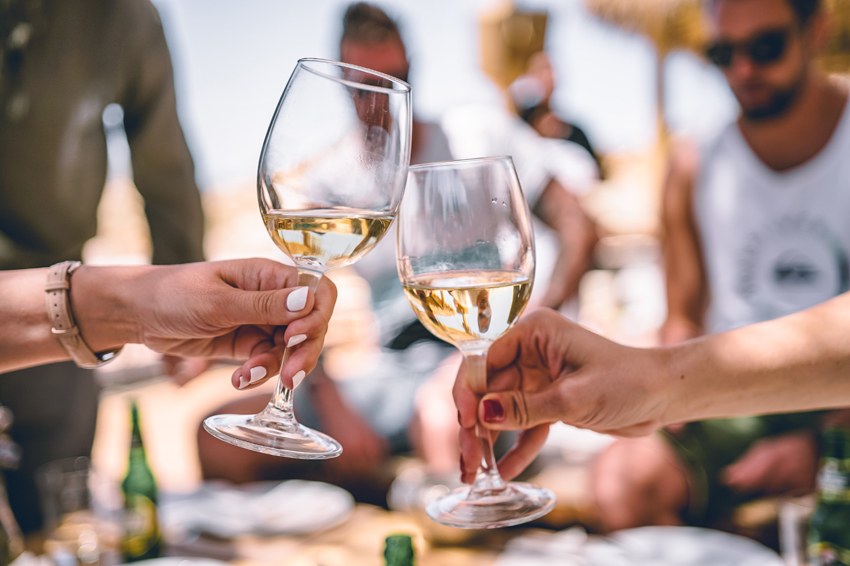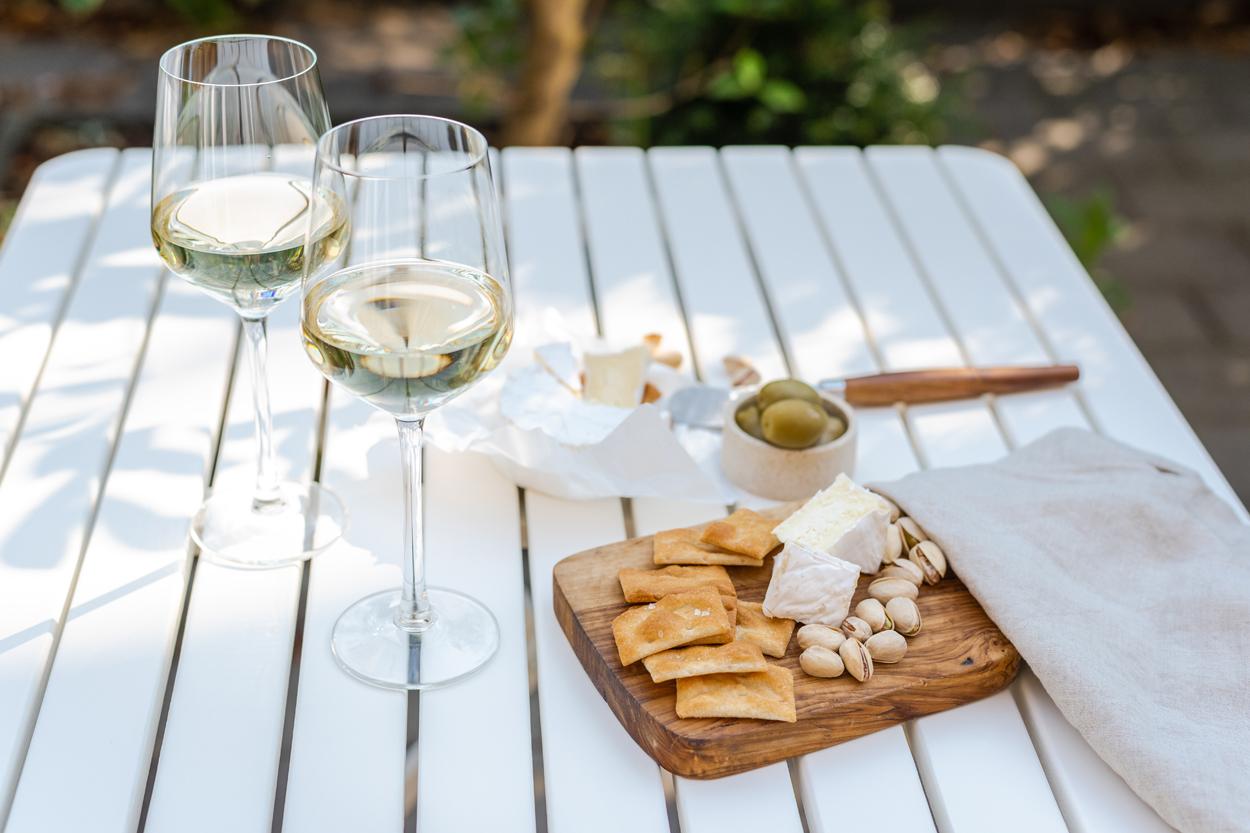There’s something about rosé…
Rosé wines appeal to a wide range of consumers and are extremely flexible when it comes to food pairing. In France, rosé wine is consumed all-year round wine and we are beginning to see this in the UK too, although there is no denying that it does taste especially lovely when the sun is shining! As a nation, the French actually drink more of it than white wine.
How is rosé made?
Rosé wine is made from black grapes in much the same method to making red wine. The colour of the wine comes from the skin of the black grape. Black grapes are crushed to release the juice and then an alcoholic fermentation starts. After just a few hours, the fermenting wine is drained from the skins, hence a paler colour. The fermentation occurs at white wine making temperatures (12-22°C) to preserve freshness in the wine.
There are some exceptions to this, for example pink Champagne is made from red and white grapes. Blending red and white wine to make rose is not permitted in many parts of Europe although it does occur in some countries. Rose can be made from any red grape variety although some varieties do lend themselves better to the production of rose than others.
Different styles of rosé
Dry
The best quality drier styles come from the Provence region in the South of France which has the ideal grape growing conditions and a unique terroir, perfect for the production of high-quality rosé wine. They are typically a blend of black grapes including Cinsault, Grenache, Mourvèdre, Syrah, pale in colour and have bright red berry fruit character with refreshing acidity.


Peyrassol Lou Provence Rosé, France 2022
Charming aromas of peach and apricot fill the glass with underlying notes of nectarine. Bright and lively on the palate supported by racy, uplifting acidity that wraps around a core of more summer berry fruit and white pepper spice finishing with impressive mineral precision.
Off-dry
Off dry styles contain a small about of residual sugar and tend to come from warmer climates. The colour tends to be a little deeper than dry styles and the fruit character profile will display riper, juicy, red fruits.


Villa Wolf Pinot Noir Rosé, Pfalz, Germany 2021
This off-dry German number is crafted from grapes grown specifically for making rosé wines. Pinot Noir is the dominant grape variety and the beautiful salmon hue gives way to a light and refreshing wine, with racy acidity and bursting with fresh strawberry and red berry flavour. Vibrant acidity and very refreshing on the finish.
Medium
Medium styles contain a notable amount of residual sugar and will taste quite sweet. Often the fermentation is stopped early to maintain the sugar in the wine, before it has all fermented and been converted to alcohol. This results in a lower alcohol wine which tastes sweet. The most well-known example of this style is White Zinfandel from California.


Compass Point White Zinfandel, Central Valley, California USA 2021
Easy-going rose from California, simple and straight forward - great for barbeques or a summer`s evening quaffer. Medium sweetness and laden with flavours of strawberries and cream, clean acidity and a good touch of sweetness adding balance.
When is the best time to drink your rosé?
Apart from in the summer and all year round, it is important to drink rosé wines when they are young and fresh, usually within a couple of years of the vintage. After this, the rose will lose its delicious primary fruit character and freshness, the colour will also start to turn orange.

